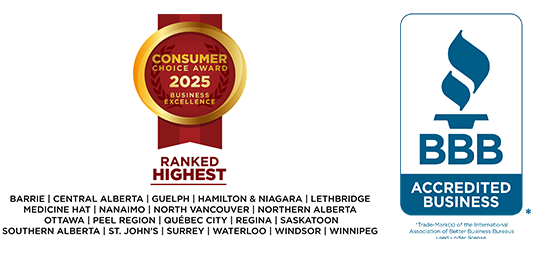Almost of fifth of Ontario residents owe more than they own or earn, making them technically insolvent and at risk of bankruptcy, according to a new survey by Ipsos Reid.
The survey, conducted on behalf of MNP Ltd., polled more than 1,000 adults across the country. The results showed Ontario residents averaging a 16% debt-to-income ratio, compared to Quebec at 28% and Atlantic Canada at 24%. Residents in Alberta, Saskatchewan and Manitoba tied at a 23% debt ratio, while British Columbians were more frugal at 14%.
The poll also uncovered a startling disconnect: When asked to assess the average debt ratio, Canadians were dramatically off the mark. Most polled estimated the average personal debt-to-income ratio as 48%.
The real figure is a whopping 162%.
“We see this as a wake-up call,” said Grant Bazian President and CEO of MNP Ltd. “One must be aware of the magnitude of the situation in order to address it. This survey exposes the magnitude of Canada’s personal debt situation.”
Insolvency is defined as the inability to pay debts as they come due or having liabilities in excess of assets. A state of insolvency might cause a debtor to eventually file bankruptcy.
Younger Canadians - those between the ages of 18-34 - are most likely (34%) to be insolvent, ahead of 35-54 year olds (20%) and seniors (10%) according to the survey. Other notably insolvent groups include renters (30%) and parents (29%).
“The survey results demonstrate the need for increased financial literacy,” said Bazian. “Canadians across the country have to understand the importance of saving more, and spending less then they earn.”
The survey also reveals knowledge of insolvency is not particularly established amongst Canadians. Fewer than half (43%) said they knew the difference between insolvency and bankruptcy. But 45% of those surveyed said they knew someone who had become insolvent.
Other survey findings include:
- One in five (17%) of homeowners are willing to take out a home equity line of credit to finance a large purchase or expense;
- An equal proportion (17%) would be likely to take out a non-home equity line of credit to take advantage of lower interest rates;
- One in ten of homeowners would be likely to switch from a fixed mortgage plan to a variable rate plan.
The Ipsos Reid poll was conducted between February 6 – 12, 2015. A sample of 1,006 adults were interviewed across Canada.
Also published in the Financial Post.


